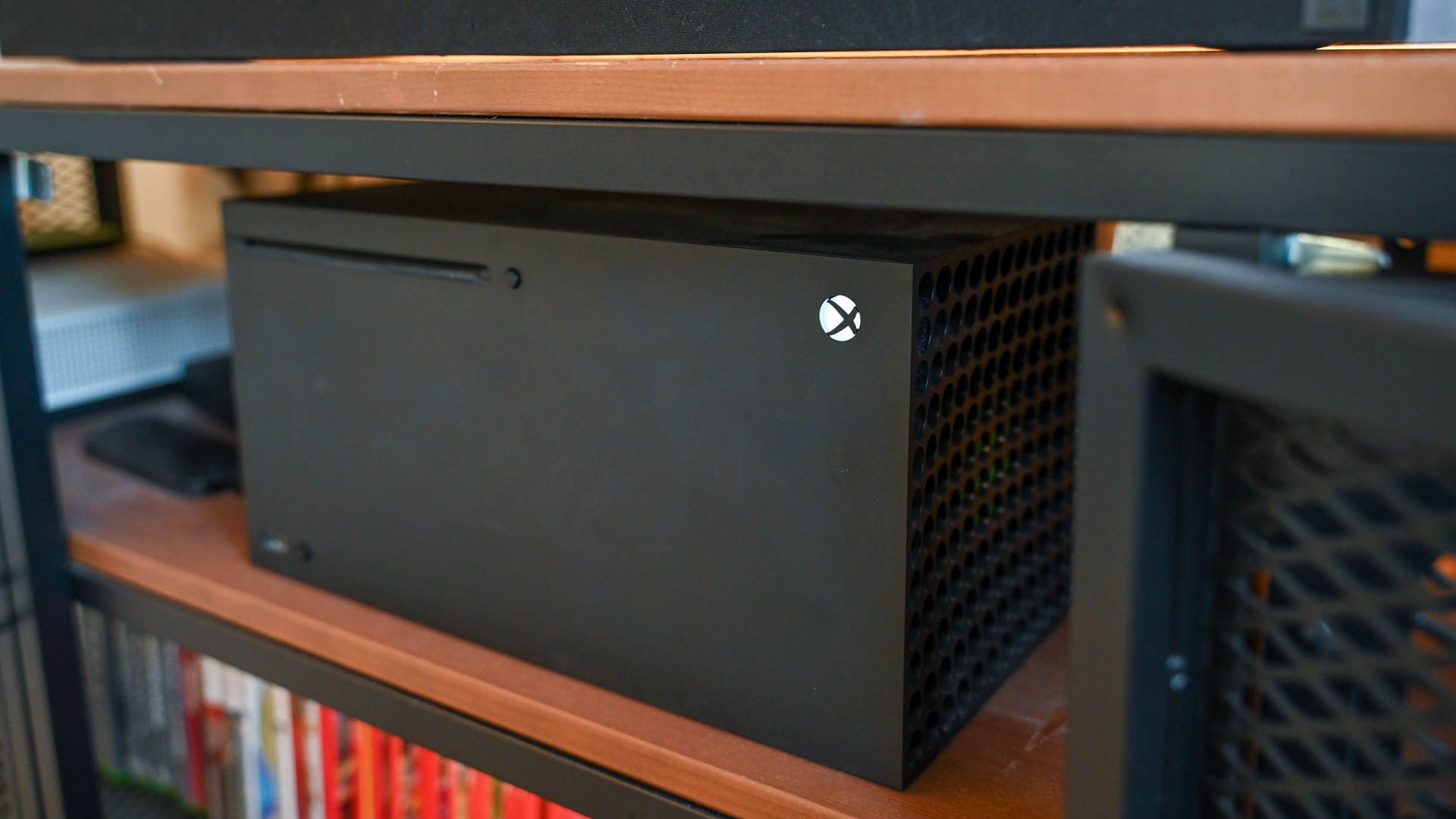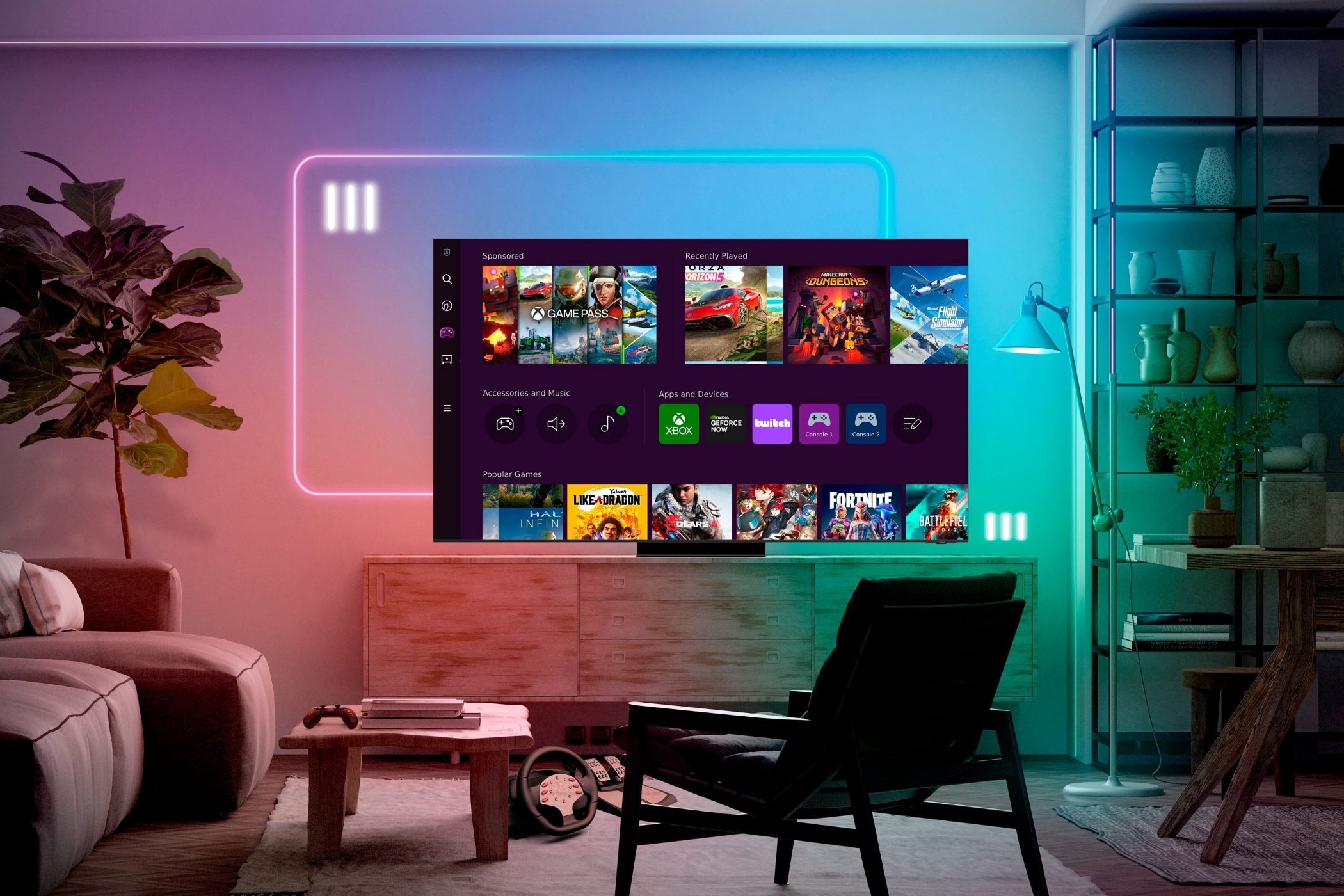Key Takeaways
- Sony finally removed the 8K logo from the PS5’s box and marketing material.
- 8K gaming requires immense processing power, memory, and bandwidth, making it challenging, if not impossible, for the current console generation.
- Future advancements in hardware and software may bring more feasible 8K gaming, but for now, 4K gaming remains the focus.
With Sony’s decision to remove the 8K logo from PS5 boxes, the hopes for native 8K gaming in the current console generation are fading into the soft blue light of a dying Samsung TV.
Is Modern 8K Gaming Even Possible?
It requires an absurd amount of processing power paired with an equal measure of memory and bandwidth to properly output a massive 8K (7680×4320) resolution. For 8K at 60fps, the GPU must be capable of processing around 2 billion pixels per second in real-time.
High-resolution textures and assets demand substantial memory, with an 8K game potentially needing upwards of 20GB of RAM for graphics alone. Additionally, larger textures and assets mean storage requirements skyrocket, with an 8K game easily exceeding 200GB, necessitating ultra-fast SSDs to ensure smooth performance.
Sony marketing the PS5 as “8K ready” has proven to be less a techinical capability and more “I work in sales” bravado. The PS5’s proprietary AMD RDNA 2-based GPU struggles with native 8K gaming due to the sheer computational demands. While the PS5 can technically output 8K video and may upscale games to 8K using techniques like checkerboard rendering, true 8K gaming at acceptable frame rates remains out of reach without significant compromises in graphical fidelity or frame rate.
Microsoft’s Xbox Series X also boasts impressive specs, also featuring a custom AMD RDNA 2 GPU and 16GB of GDDR6 RAM. The Series X supports 8K video playback and has the potential for 8K upscaling in games.
Like the PS5, the Xbox Series X can’t handle native 8K gaming without significant sacrifices. Current games that claim 8K support are often utilizing upscaling techniques, which, while effective, can’t touch the fidelity of native 8K rendering.
Nothing Can Stand in the Way of 8K (Except for Current Technology)
Even if the hardware could support 8K gaming, there are still numerous technological obstacles to overcome. The most immediate barrier to gamers enjoying the prospective visual bliss is the availability and adoption of 8K displays.
TVs capable of displaying true 8k resolution are still a niche market due to their prohibitive cost and availability. Moreover, 8K content is scarce. Without widespread content, the incentive to purchase an 8K display diminishes sharply.
Rendering games in 8K resolution is incredibly taxing on hardware. Even high-end gaming PCs struggle with 8K, and these systems often cost several times more than a console. For the PS5 and Xbox Series X to handle 8K gaming, significant compromises would be necessary.
Achieving 8K might mean lowering frame rates to 30fps or even 24fps, which would make for a choppy, less engaging experience. Additionally, to manage the pixel load, developers might have to reduce textures, shadows, and other graphical elements, counteracting the benefits of higher resolution.
The End (of Subpar Resolution) is Nigh!
All of these points are rendered essentially moot considering that, as of now, there are no AAA console titles designed to run natively at 8K. Some titles might offer 8K upscaling, but this is not the same as true 8K gaming. Titles like The Touryst render internally at 8K on the PS5, but the console can only output a 4K image.
These are exceptions rather than the rule. Most developers are still aiming for 4K with acceptable frame rates, with 30 fps modes that push graphical fidelity. This makes sense given the current market dynamics and hardware limitations.
Most game developers are currently focused on maximizing the potential of 4K gaming, trying to wring higher frame rates, ray tracing, and enhanced textures out of the current hardware. Some developers are beginning to explore 8K, experimenting with upscaling technologies and preparing for the eventual transition.
Tools like AMD’s FidelityFX Super Resolution (FSR) and NVIDIA’s Deep Learning Super Sampling (DLSS) are helping bridge the gap. Enabling higher resolutions without a proportional increase in computational load is a major step forward, but there’s only so much that it can do. Current consoles were not built to be upscaling monsters, but the looming PlayStation 5 Pro might change that.
Looking ahead, the potential for 8K gaming on consoles will become more feasible with advancements in hardware and software. Future iterations of the PS5 and Xbox Series X, or entirely new console generations, could—and will—bring us closer to true 8K gaming. Technologies like AI-driven upscaling and more efficient rendering techniques will play a crucial role.
As hardware evolves and becomes more affordable, and as 8K displays become mainstream, the industry will be better positioned to embrace 8K gaming.
A Resolution on Resolution
While the PS5 and Xbox Series X are marketed as 8K-ready, the reality of the current console generation is far less detailed (get it). The technical capabilities are simply not yet sufficient to handle the immense demands of native 8K gaming.
The high cost of 8K displays, the performance trade-offs, and the current lack of 8K content present substantial, though surmountable, barriers. Until that technological threshold is finally crossed, gamers will have to settle for the already impressive capabilities of 4K gaming on their next-gen consoles.






